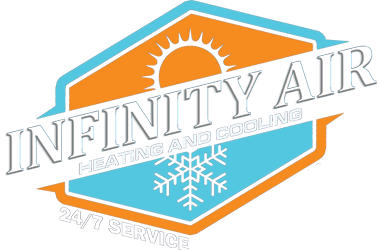Eco Motors vs. Old PSC Motors: What Homeowners Need to Know
Your HVAC system’s blower motor has a big impact on comfort, noise, and your monthly energy bill. Here’s how modern Eco/ECM motors stack up against traditional PSC motors.
What Is a PSC Motor?
A PSC (Permanent Split Capacitor) motor has been a workhorse in HVAC systems for decades. It runs at one or two fixed speeds and relies on a capacitor to start and run.- Fixed speed: Typically on or off, offering limited control over airflow.
- Lower upfront cost: Inexpensive to manufacture and replace.
- Reliable but less efficient: Uses more electricity for the same airflow compared to newer tech.
- Comfort swings: Can contribute to hot/cold spots and humidity fluctuations.
What Is an Eco (ECM) Motor?
Eco motors—more precisely ECM (Electronically Commutated Motors)—use integrated electronics and a brushless DC design to modulate speed precisely.- Variable speed: Matches airflow to real-time system demand.
- Higher efficiency: Often cuts motor energy use by ~30–50% versus PSC.
- Quieter operation: Smooth ramp-up and low-speed circulation reduce noise.
- Better longevity: Less stress on components due to gentler starts and steady operation.
Terminology tip: Many contractors and brands say “Eco motor” when they mean ECM. If you see “variable-speed blower,” it’s almost certainly ECM.
Side-by-Side Comparison
| Feature | Eco / ECM Motor | PSC Motor |
|---|---|---|
| Speed Control | Variable/constant torque; precise airflow control | Single or dual fixed speeds |
| Energy Efficiency | High (often 30–50% savings vs. PSC) | Lower; wastes energy at fixed speeds |
| Comfort | More even temps; better humidity control | More temperature swings; weaker dehumidification |
| Noise | Quieter, smooth ramping | Louder on start/stop at full speed |
| Air Quality | Longer low-speed circulation improves filtration | Shorter runtimes filter less overall air |
| Upfront Cost | Higher | Lower |
| Operating Cost | Lower (utility bill savings) | Higher over time |
| System Wear | Reduced stress from soft starts | Harsher starts can add wear |
Why Efficiency Matters
PSC motors draw similar power whether your home needs a little or a lot of airflow. ECM motors adjust speed and torque to deliver only what’s needed, trimming waste. Over a cooling and heating season, that adds up to meaningful savings and fewer carbon emissions.Comfort, Humidity & Air Quality
Variable-speed circulation helps keep rooms at a steadier temperature, improves dehumidification in summer, and moves more air across filters over the course of a day—capturing more dust and allergens without blasting at full speed.Which Motor Is Right for You?
- Choose PSC if you need the lowest upfront replacement cost and can accept higher ongoing energy use.
- Choose Eco/ECM if you want lower utility bills, quieter operation, better comfort, and modern airflow control that can extend equipment life.


